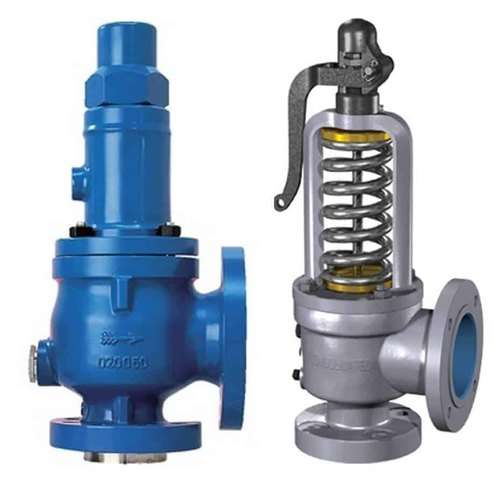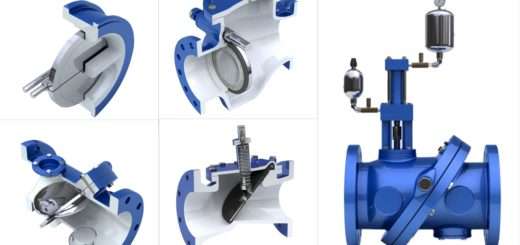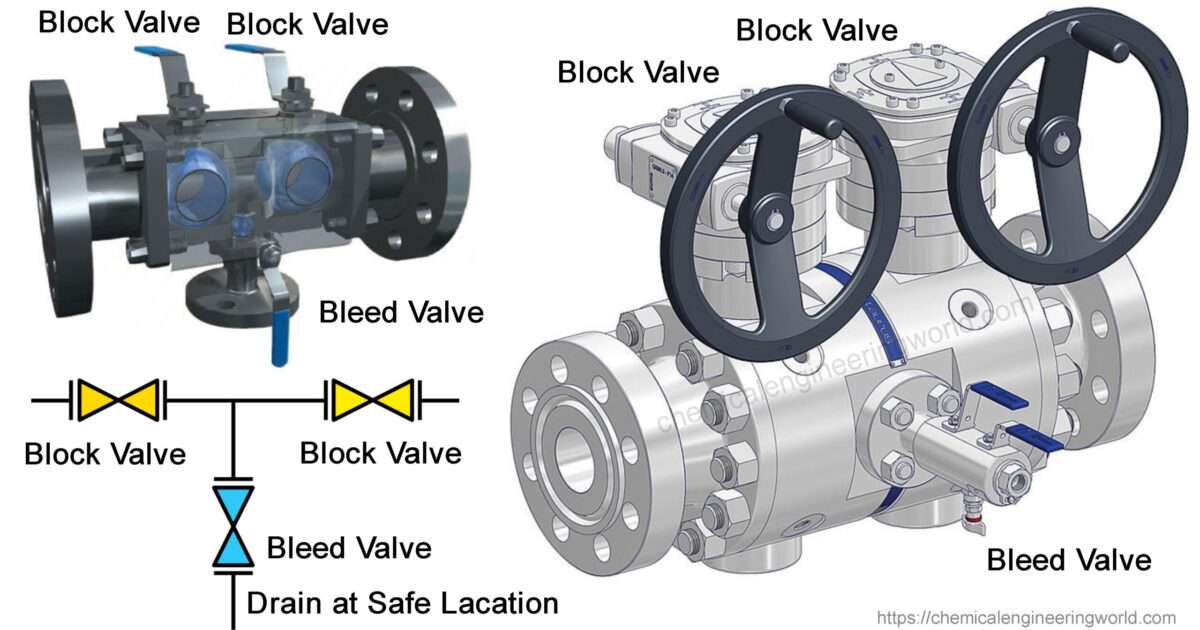Difference Between PSV and PRV

Difference Between PSV and PRV
Difference Between PSV and PRV
Pressure Safety Valves (PSV) are also commonly referred to as simply Safety Valves. They are used to relieve pressure from equipments operating Gases. Generally the valve opens suddenly, at an instant.
Pressure Relief Valves (PRV) are also commonly referred to as simply Relief Valves. They are a type of Safety Valve. They are used to relieve pressure from equipments operating Liquids. Generally the valve opens relatively gradually and proportionally.
The function of both PSV and PRV is that they relieve the excess pressure from the system by opening automatically and they get closed automatically when the pressure in the system normalizes.


The most common type of safety valves used in industries is spring loaded safety valve.
The valve has a spring which is attached to adjusting screw. The screw can be adjusted to compress the spring thus imparting flexibility in adjusting the spring force. The spring is attached to a disc using a spindle. The location of the disk is where the fluid enters the valve when the system is over pressurized.
If the pressure force is less than the spring force then the fluid will not be able to move the disc. Such condition represents normal operating condition. If the pressure force is equal to the spring force then the disc starts to move. The fluid enters from the equipment to the valve and starts moving out of the system.
In case of PSV, when the pressure force becomes greater than the spring force the valve opens instantly and a ‘pop’ sound occurs whereas the PRV opens proportionally to the increasing pressure. It can be said that the opening is relatively gradual as compared to PSV.
The escaping fluid results in decrease of the pressure. When the pressure force becomes smaller than the spring force again then the disc returns to the same location again and seals the equipment.
What is the purpose of safety valve?
Reference:- theprocesspiping
































